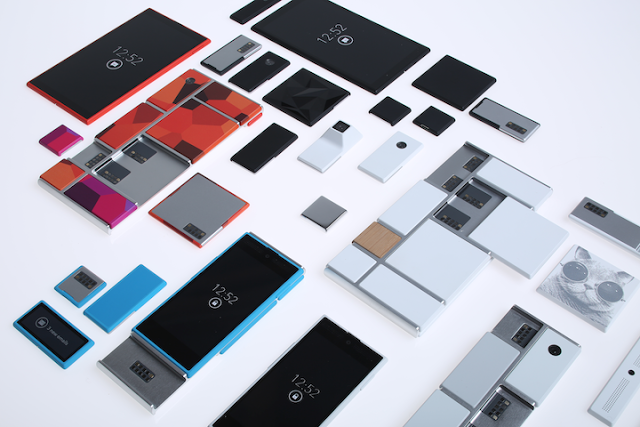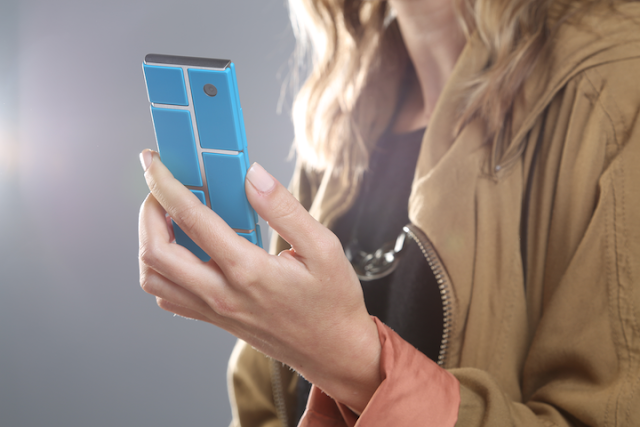
Wonder why Google bought Motorola? A lot of people have been asking that question over the past few years, as the company consistenly failed to turn a profit or release innovative smartphones.
Then the Moto X arrived. While the device itself did not single-handedly turn around Motorola’s sagging fortunes, it heralded in a new era of Google-inspired design and heavy integration (and optimization) of software and hardware. Now that the Moto X is well established, we have been wondering: what’s next for Motorola? How do they do for Google in hardware what Android did for mobile software?
The answer may be Ara. The company has been experimenting over the past year with a free, open hardware platform where it will be theoretically possible for anyone to create pieces of a smartphone, with no associated licensing fees, for your hand. According to a Motorola blog post, they intend Ara to “create a vibrant third-party developer ecosystem, lower the barriers to entry, increase the pace of innovation, and substantially compress development timelines.”
While Ara will certainly affect the way your phone looks, imagine the broader appeal: as annual hardware increases become less pronounced, it will be possible to keep that blazing-fast processor but upgrade your camera module to something better. Want more storage? Swap out the NAND for a higher-capacity version. No more paying $100-150 more for another 16GB of storage. Just as you would buy the body of a digital SLR and augment the experience using lenses of different quality and purpose, so too could you modify your phone depending on your needs.
The industry has been doing this on its own for some time, in its own hacky sort of way. From oversized batteries that required new rear covers to fisheye or macro lenses affixed on top of a baseline camera module, there have been glimpses of this before. But Motorola wants to make it real, make it tangible and, more importantly, easier.
Ara consists of two parts: an endoskeleton (or “endo”) and various modules. The endo provides the structural integrity to hold everything in place, and will form the baseline size of your device. I can see there being a number of base endo sizes to choose from, depending on the desired screen length and resolution, much like the Live Tile system on Windows Phone. Modules then add various features — “an extra battery, a pulse oximeter–or something not yet thought of!” — to improve the experience.
Motorola admits to working with Phonebloks, a project by Dave Hakkens, to bring the community together. Phonebloks is a similar concept to Ara, an upgradeable and modular hardware platform for smartphones. Looks like Motorola’s work has been independent of his, but because Phonebloks has a massive community of supports, the two companies will work together on building awareness for their respective programs.
Ara Scouts will be people interested in promoting the idea of Ara and, like Google’s Glass Explorers, will likely have a chance to use the finished products before anyone else. Motorola plans to release a Module Developer Kit over the next few months, which will give us some more information about Ara.
[source]Motorola[/source]
MobileSyrup may earn a commission from purchases made via our links, which helps fund the journalism we provide free on our website. These links do not influence our editorial content. Support us here.



